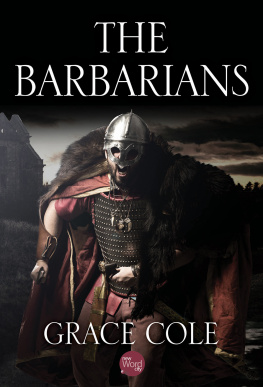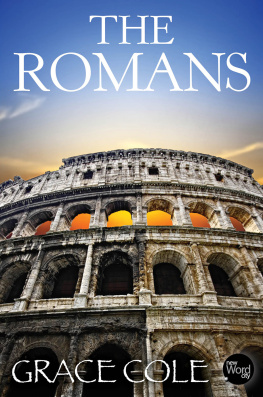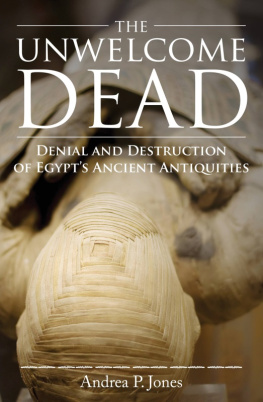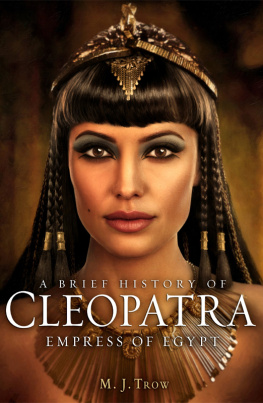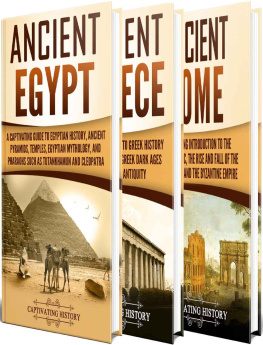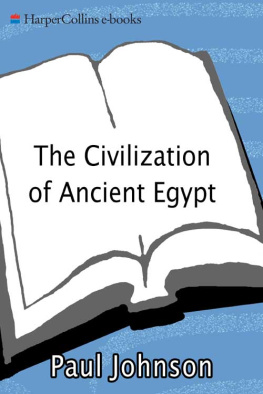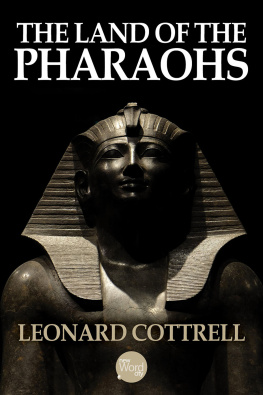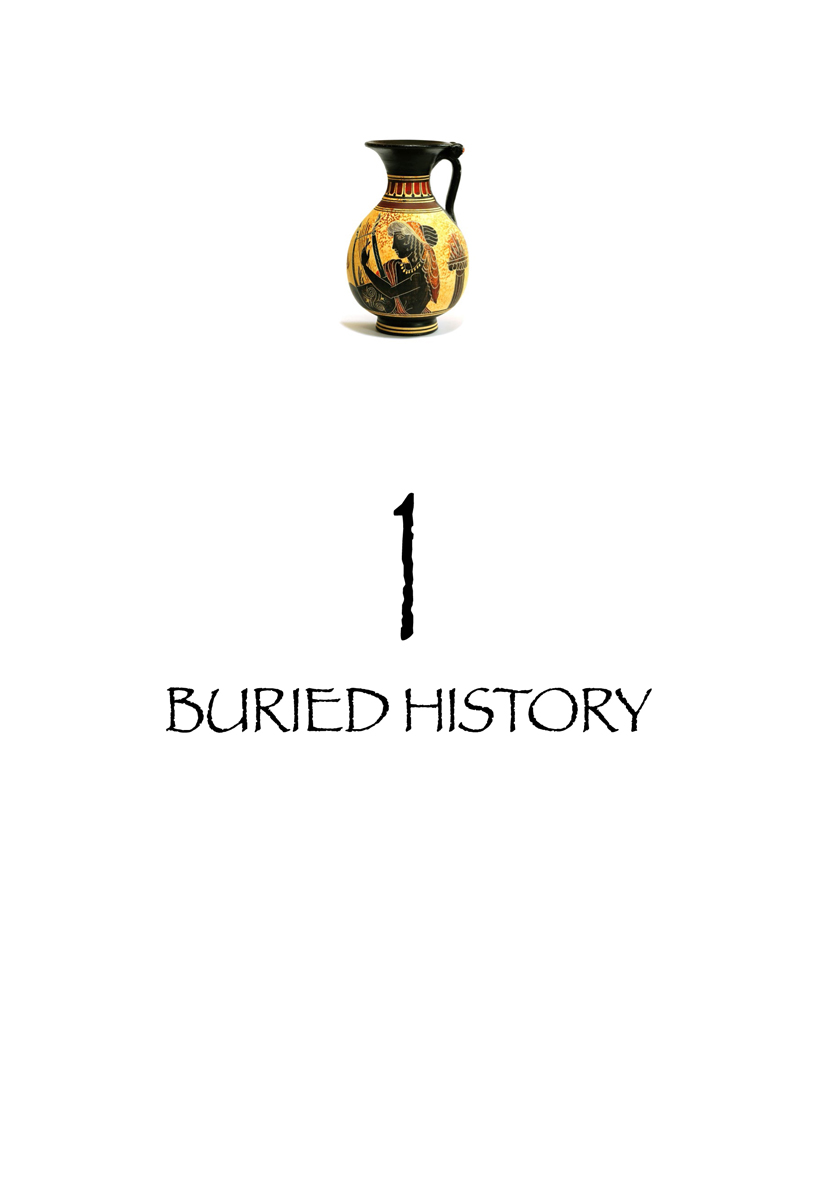The splendor of Egypts ancient civilization has never been forgotten. The Minoans of Crete, the Sumerians of Mesopotamia, the creators of the first civilization in India all vanished without a trace, and the world was astonished when archaeologists discovered their existence. But in Egypt the grandeur of the past was simply impossible to ignore: The pharaohs, willing their sculptures and monuments to last forever, built massive structures of enduring stone. As a result and because of Egypts desert climate - these works of art and architecture still stand more or less intact, reminding us that Egypt once supported a powerful, long-lasting civilization.
To modern minds, the sheer age and endurance of ancient Egypt is staggering. The first pharaoh mounted his throne more than 5,000 years ago when Europes last hunter-gatherers were just taking up primitive farming, and pharaonic dynasties ruled Egypt for the next 3,000 years. Egyptian culture triumphed over all adversaries: Even when Alexander the Great conquered the land in 332 B.C., the generals who followed him adopted Egyptian ways and began a new dynasty of pharaohs that ended only with the unforgettable Cleopatra and the annexation of Egypt by Rome . While other civilizations rose and fell, the Egyptians tilled their land, built their monuments, worshipped mostly the same set of gods, grew and shrank and restored their empire, and left a permanent mark on the world.
Yet for centuries the secrets of ancient Egypt were unknown, buried in undiscovered tombs and hidden in plain sight. Only in the past 150 years have the civilizations hieroglyphs been translated and centuries of Egyptian history reconstructed by archaeologists and scholars. Thanks to them, great rulers like Hatshepsut and Thutmose III have come alive again, and the sweeping dramas, wars, religious upheavals, and foreign invasions of three millennia have been unveiled. Even less prominent rulers, such as the young king Tutankhamen , along with the plotting viziers and generals grasping for the throne, have come to be understood as real people.
Hatshepsut, for instance, was the dowager queen who assumed manly attributes and usurped the pharaohs throne from her nephew. Imhotep wasnt a pharaoh, but he may have been the smartest man in history, at least until Leonardo da Vinci came along. Akhenaten converted all of Egypt to the worship of a single god, only to have his successor Tutankhamen reverse the order and return to the old pantheon. Amenemhab, a redoubtable general, stepped between his pharaoh Thutmose III and a charging bull elephant and cut off the beasts trunk with one strike of his bronze sword. And, of course, there was Cleopatra, who seduced both Julius Caesar and Marc Antony in the cause of saving Egypts autonomy and her own rule.
The Egyptians were proud of their ancient heritage. By the time of the New Kingdom , some 1,500 years after the first pharaoh, the pyramids and temples of the Old and Middle Kingdoms were regarded as national monuments, and visitors from all parts of the country flocked to see these wonders. But the records of the pharaohs formed no systematic chronicle, and it wasnt until the third century B.C., after Alexanders conquest, that Manetho , a priest at Heliopolis , wrote the first history of Egypt. His text survives only in references and extensive quotations by later writers, and some of what he wrote is full of inaccuracies. Even so, Manetho remains our first source. Beyond his words everything must be painstakingly resurrected from hieroglyphic proclamations and boasts, ancient clay harvest records, sculptures, potsherds, and tomb paintings and increasingly from such modern tools as CT scans and DNA analysis.
The message of all these keys to the past is that Egypt was unique among ancient civilizations, supremely blessed by nature to flourish and endure. And this blessing starts with the mighty river that runs the length of the land from south to north, making Egypt an extended oasis in the North African desert. Writing in the fifth century B.C., the Greek historian Herodotus was the first to note that the country of Egypt is the gift of the Nile .
The annual flooding of the river renewed and expanded Egypts fields with fertile silt from the heart of Africa, providing harvests to feed a growing population. While early civilizations along the Euphrates and Indus and Tigris river valleys had to fight invaders on open plains, the desert on both sides of the Nile helped shield Egypt from attack. The annual floods spurred political and social organization, eventually leading to a unified central government, as well as writing and mathematics for annual surveys to reestablish land claims. The Nile provided easy transportation and communication and encouraged the development of ships and navigation. And the three months of flooding each year was a window during which the pharaohs could organize vast swarms of workers to build their massive monuments on higher ground.
Egypt was a beacon for other emerging cultures. Greek and Roman travelers were awed by what they saw in Egypt. Beginning his account of his visit there, Herodotus wrote, Now I shall speak at some length about Egypt because it offers many wonderful things and contains works which are more remarkable than those of any other land....
But like the delicate hieroglyphics carved into pyramids and temples as records of their history, the era of pharaohs faded. By 394 A.D., Christianity was spreading from Alexandria , and churches were replacing Egyptian pagan temples. Some 300 years later, Arab conquerors seized control of the Nile valley.
Unlocking the Past
The Renaissance in Europe spanning roughly the fourteenth through seventeenth centuries - bridged a gap between the past and the Modern Era, and Egypts relics and ruins captured the public imagination like never before. Tourists ventured to Egypt to behold the pyramids and the enormous temples and monuments lining the Nile, but they knew nothing about the gods and pharaohs carved on the walls and wrongly believed these images to be religious symbols rather than a written language.
Credit for cracking the hieroglyphic code belongs, in some measure, to Napoleon Bonaparte . In 1798, he invaded Egypt. With him were 175 artists and scholars charged with exploring and recording the painted scenes and the hieroglyphs on the ancient monuments. Although his military expedition was a failure, his cultural venture was a success. When they returned to France, Napoleons scholars published their findings. Their illustrations filled thirty-six volumes and were an immediate sensation. Egyptian influence can be seen in the decorative style of the French Empire period, with its ornate columns and palm-frond accents.
But the key discovery wasnt immediately apparent. Pierre-Francois Bouchard , an officer supervising trench digging for Napoleon in the Egyptian delta near Rosetta, uncovered a dark, carved, stone marker, or a stela. It was smooth on one side and inscribed with three columns of text on the other, the first in hieroglyphs, the second in Egyptian Demotic , the third in more-familiar Greek, easily discernable by the archaeologists who later studied it. Carved about 196 B.C., it was a decree honoring Ptolemy V . Scholars reasoned the other two columns repeated the decree, and this discovery became a key to understanding hieroglyphs. Napoleon ordered an engraving made from the inscriptions on the stone and sent copies to be studied by scholars across Europe. In 1801, the Rosetta Stone , as it was called, became a trophy of war between England and France; it is now is on display in the British Museum in London.
The Rosetta Stone is among the most famous of all Egyptian antiquities, but it would take another two decades to decipher all of its inscriptions. The Greek portion was easily completed by 1803, but the breakthrough came in 1819 when Englishman Thomas Young learned from studying the stone how to spell out the name of Cleopatra from another inscription. This convinced many scholars that hieroglyphs did, indeed, represent letters. Among those who agreed with Youngs conclusions was a French linguist named Jean Francois Champollion .


